Top 5 Cloud Security Threats & How to Defend Against Them
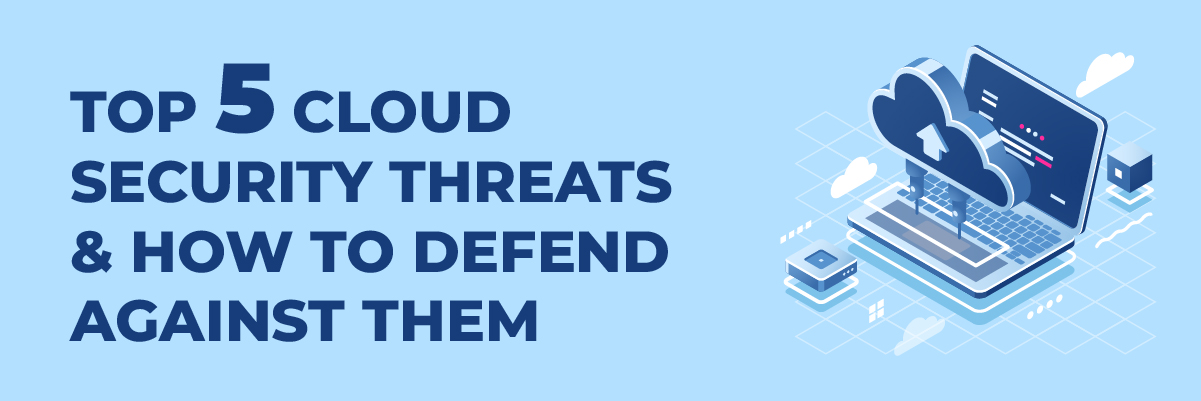
Top 5 Cloud Security Threats & How to Defend Against Them
A Guide for Businesses Serious About Uptime and Protection
As businesses continue migrating to the cloud for its flexibility and scalability, cybercriminals are keeping pace—exploiting weak spots, human error, and outdated security protocols. At Protected Harbor, we’ve seen firsthand how a single overlooked vulnerability can cripple operations. This guide breaks down the top 5 cloud security threats & how to defend against them in 2025, listing the mitigation strategies your organization should implement today using the latest cloud security monitoring tools.
In a digital environment shaped by cloud security threats 2025, proactive defense and continuous oversight are essential to business continuity.
1. Phishing Attacks: The Gateway to Data Breach
Threat: Deceptively crafted emails lure users into revealing login credentials, exposing your cloud environment to outsiders.
Mitigation Strategies:
- Deploy company-wide multi-factor authentication (MFA).
- Use advanced email filters and DNS filtering to block phishing domains.
- Train users regularly with real-world phishing simulations.
Protected Harbor: Our team implements and manages MFA across all user accounts and integrates phishing-resistant email security systems to block threats before they reach your inbox. We also use cloud security monitoring tools to detect unusual login patterns that could signal phishing attempts.
2. Ransomware: Lockouts That Cost More Than Money
Threat: Malicious actors encrypt your critical files and demand payment—sometimes without returning access even if the ransom is paid.
Mitigation Strategies:
- Conduct regular, automated cloud backups to immutable storage.
- Monitor for early warning signs of compromise (e.g., rapid file changes).
- Educate employees on secure file handling and threat recognition.
Protected Harbor: Protected Harbor’s cloud includes cloud ransomware protection, ransomware behavior analytics, and 24/7 monitoring to isolate threats before they spread. Our approach to cloud ransomware protection also includes real-time response and forensic support to investigate attacks and prevent future breaches.
3. Unauthorized Access & Data Theft
Threat: Poor password hygiene, credential leaks, or shadow IT practices give attackers the keys to your kingdom.
Mitigation Strategies:
- Enforce least privilege access and regular permission audits.
- Patch and update cloud software routinely.
- Use identity-based access control with session timeouts.
Protected Harbor: We manage your entire access environment, enforcing role-based security policies and real-time access tracking. With cloud systems more exposed than ever in 2025’s cloud security threats landscape, controlling access is no longer optional—it’s fundamental.
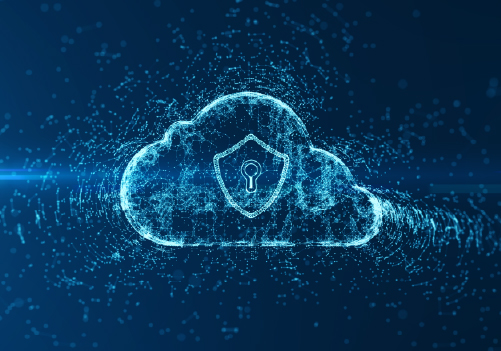 4. Compromised Encryption Keys
4. Compromised Encryption Keys
Threat: When keys to encrypted data are weak or mishandled, your data may as well be public.
Mitigation Strategies:
- Rotate encryption keys regularly and store them in secure Key Management Services (KMS).
- Use hardware security modules (HSMs) for sensitive keys.
- Implement automatic key expiration policies.
Protected Harbor: We deploy zero-trust architecture with secure key lifecycle management—ensuring encryption isn’t just checkbox compliance but true protection. Our team understands that encryption key management is a critical layer in defending against the top cloud computing threats 2025.
5. Data Leakage Across Devices and Platforms
Threat: With data synced across apps, mobile devices, and remote servers, gaps in configuration or oversight can result in silent data loss or exposure.
Mitigation Strategies:
- Enforce device-level encryption and mobile device management (MDM).
- Regularly audit shared folders, drives, and collaboration platforms.
- Centralize visibility across your cloud and on-prem environments.
Protected Harbor: With our hybrid-cloud expertise, Protected Harbor ensures consistent encryption policies across all devices and platforms—even personal BYOD endpoints. To reduce the risks of cloud security threats 2025, organizations must enforce cross-platform visibility and unified policy enforcement.
Conclusion
Cloud security threats in 2025 are more dynamic and evasive than ever, affecting everything from end-user behavior to back-end infrastructure. With growing reliance on SaaS, remote work, and BYOD, the number of potential vulnerabilities continues to expand.
Whether it’s cloud ransomware protection, enforcing encryption, or mitigating phishing risks, defending your environment requires precision and visibility. By integrating cloud security monitoring tools and confronting the top cloud computing threats 2025 head-on, your business stays resilient and compliant.
Protected Harbor doesn’t just secure infrastructure—we design and manage it for optimal performance, uptime, and recovery.
Take the First Step
Not sure if your cloud environment is secure? Let’s start with a free security assessment. We’ll identify gaps and help you build a resilient, high-performance infrastructure tailored to your needs.







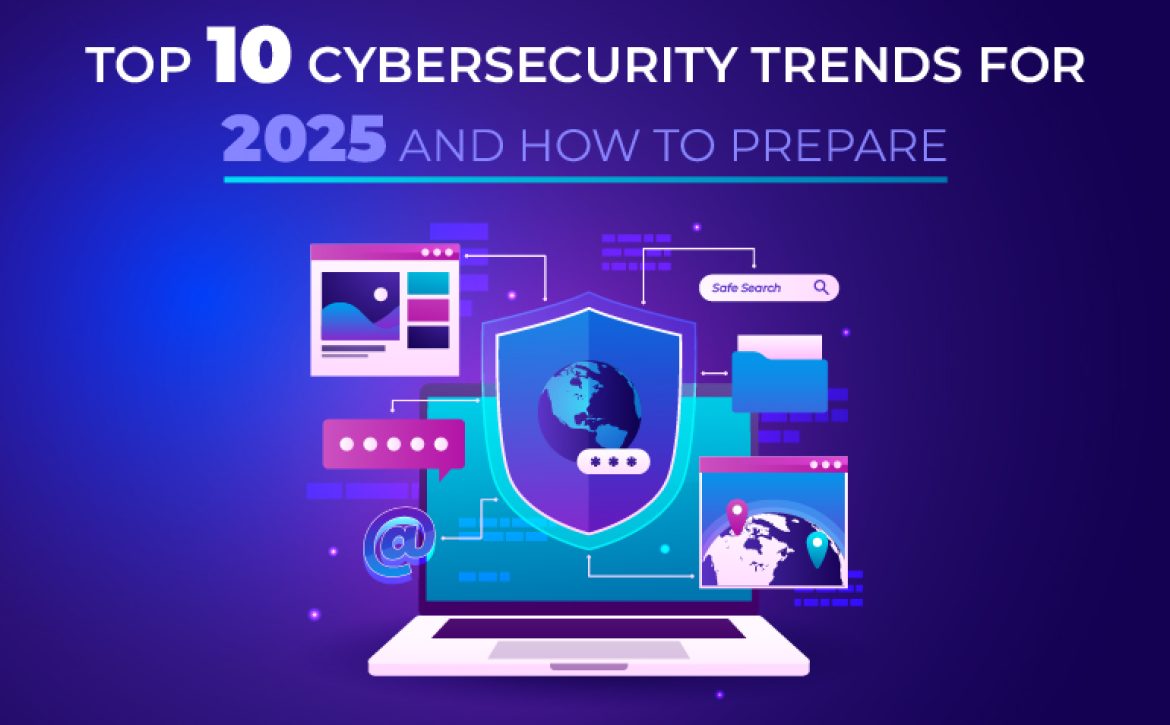

 6. Cloud Security Becomes Paramount
6. Cloud Security Becomes Paramount

 6. Safeguard Your Charging Habits
6. Safeguard Your Charging Habits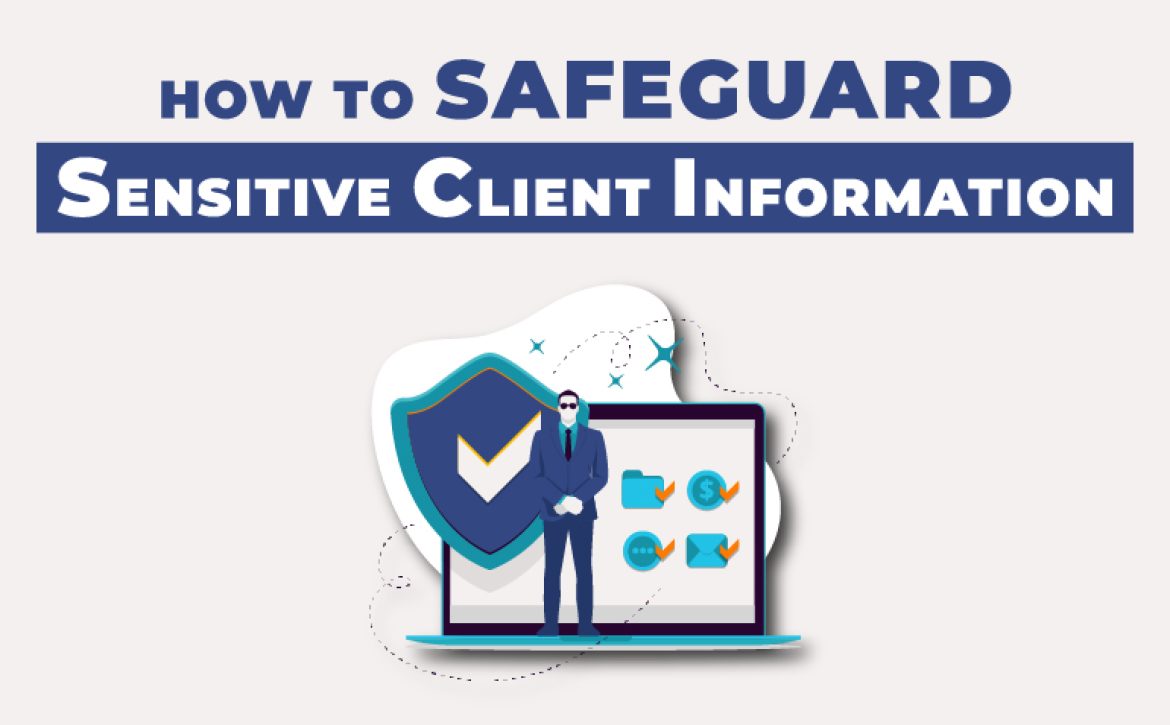

 6. Backup Data Frequently
6. Backup Data Frequently

 Strategy 5: Securing APIs and Interfaces
Strategy 5: Securing APIs and Interfaces

 Best Cybersecurity Practices for Individuals
Best Cybersecurity Practices for Individuals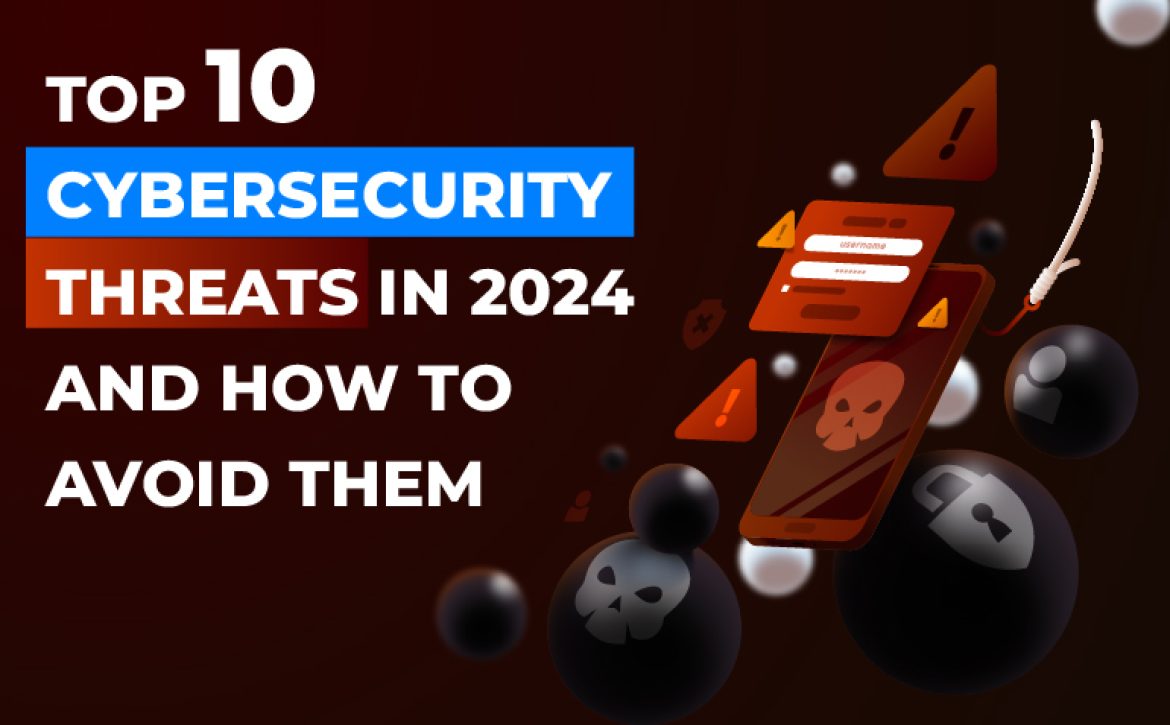
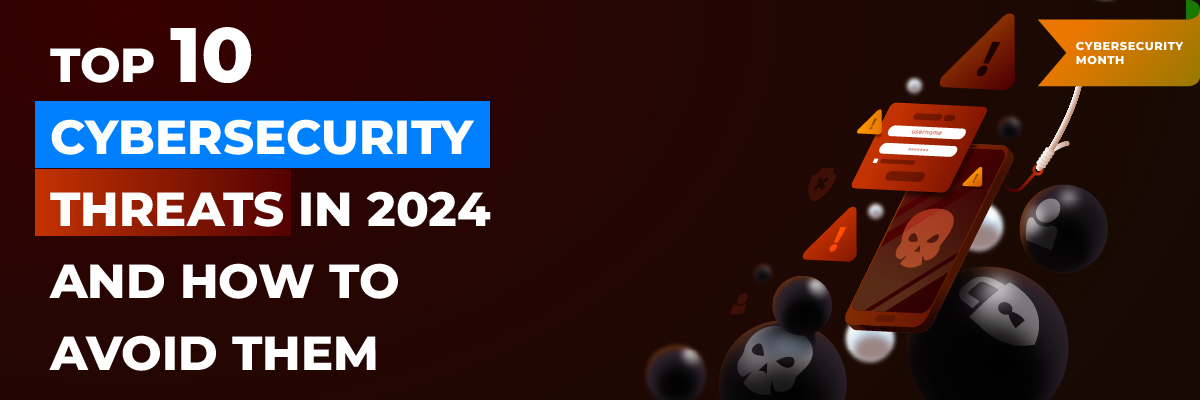

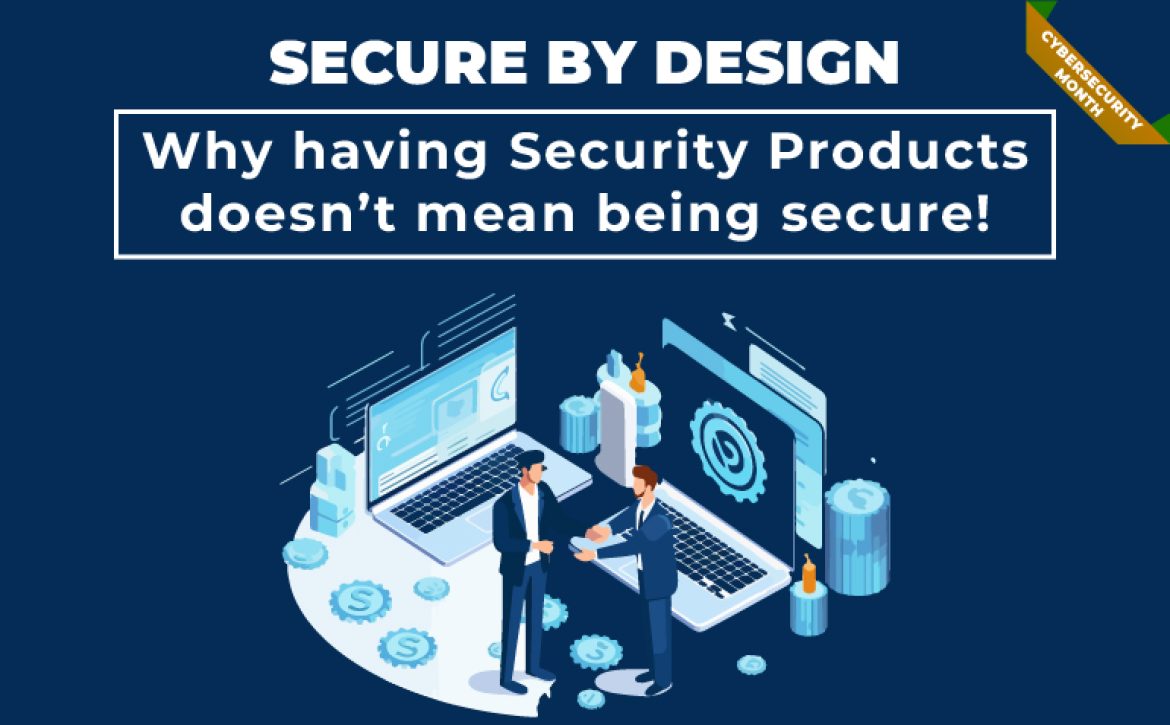
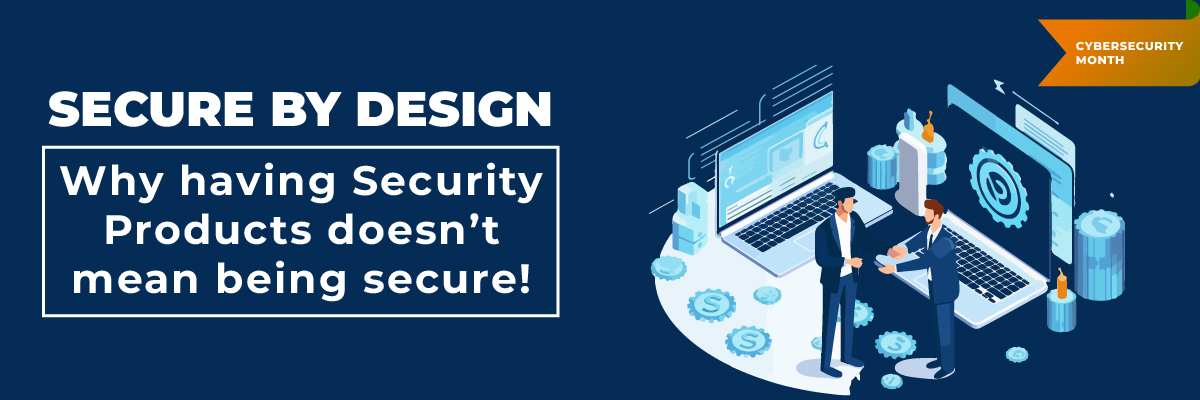

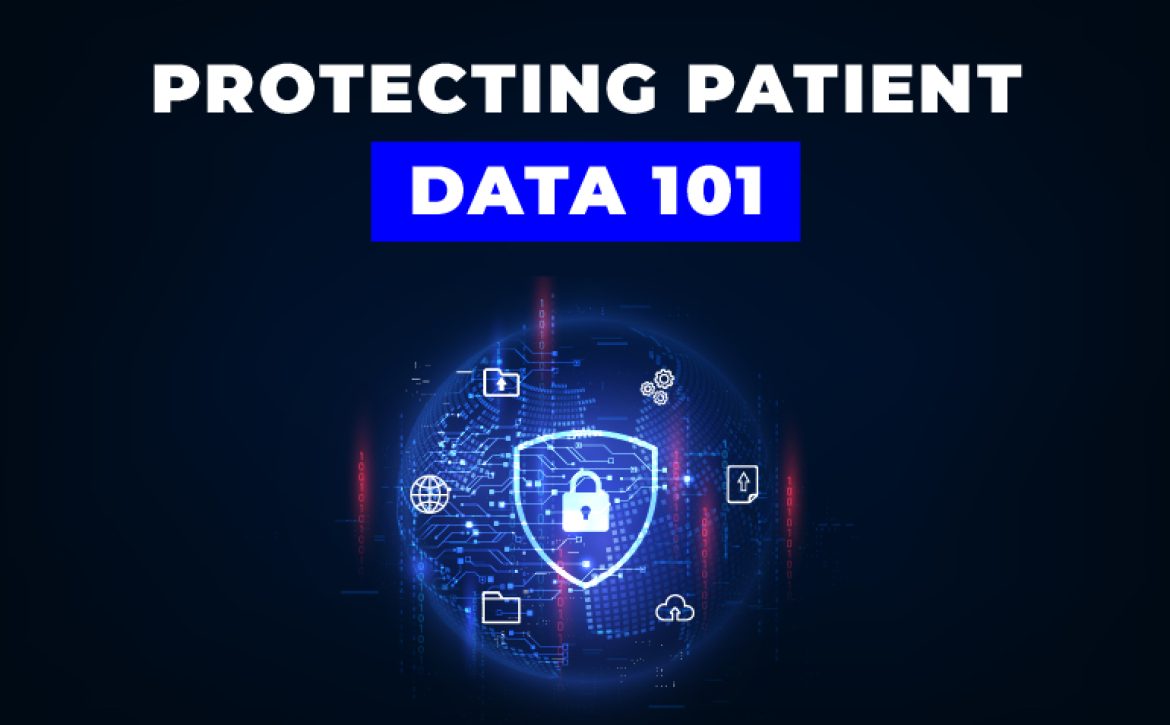

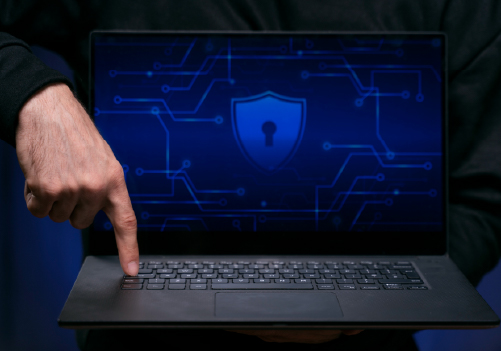 6. Secure Mobile Devices
6. Secure Mobile Devices